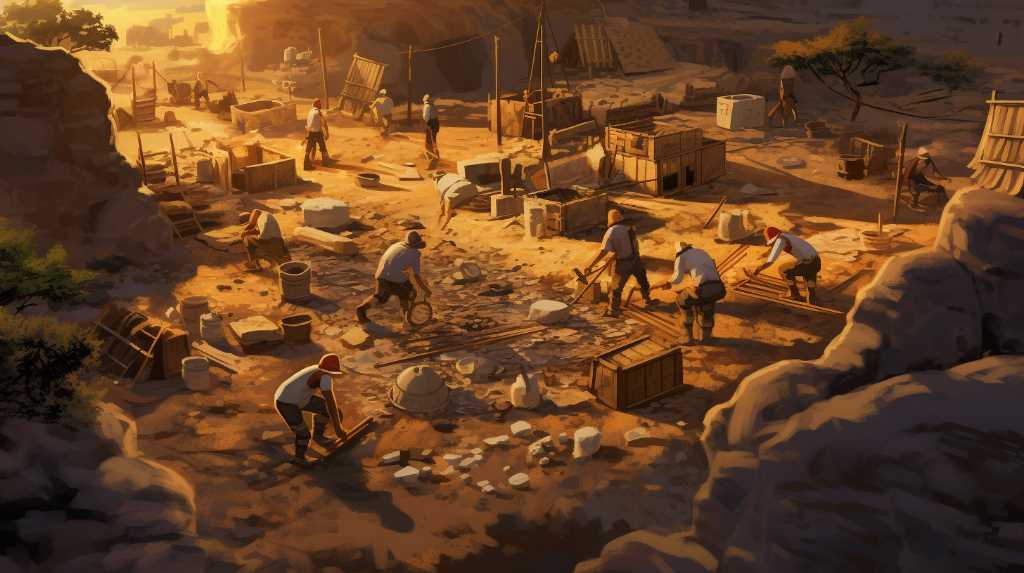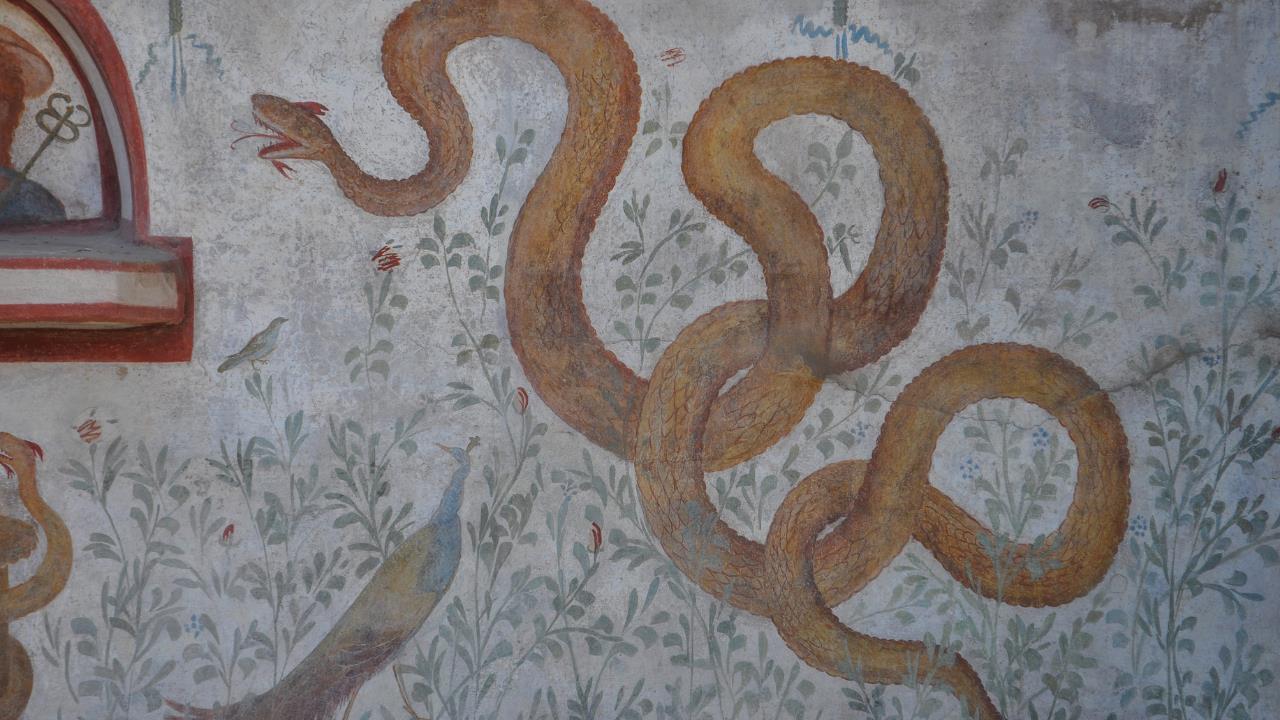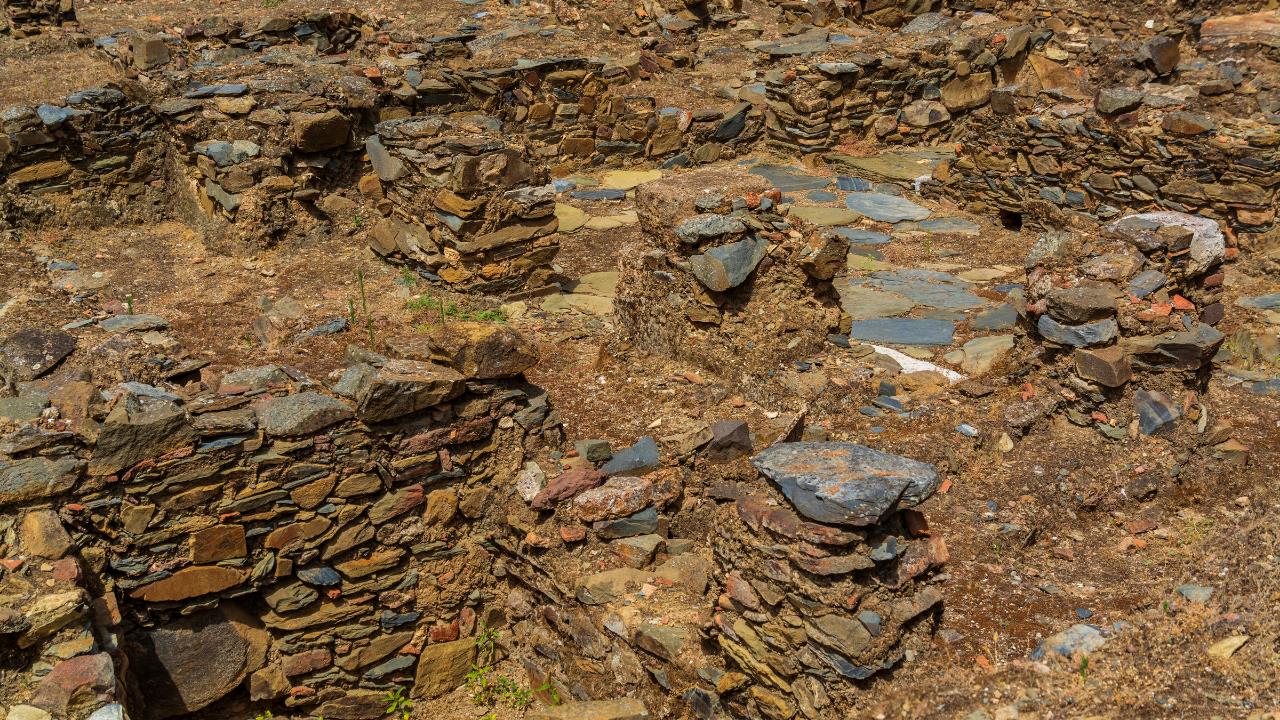
Uncover the Past: A Comprehensive Guide to Volunteering at Ancient Archeological Sites
You've always been fascinated by history, haven't you?
Now, imagine digging deeper into the past, literally. This guide will help you navigate the intriguing world of volunteering at ancient archaeological sites.
You'll learn how to find opportunities, apply, understand your role, and engage with visitors.
So, let's dive in, shall we? It's time to roll up your sleeves and unearth history together!
Key Takeaways
- Conduct thorough research on volunteer programs and their requirements
- Prepare essential documentation such as a detailed resume, cover letter, and reference letters
- Understand the role and necessary training involved in volunteering at archaeological sites
- Follow advanced techniques and rules to respect and preserve ancient sites
Researching Volunteer Opportunities
Before you delve into the world of archeological exploration, it's crucial to conduct a thorough volunteer-program search to identify the opportunities that best align with your interests and skills.
You'll find a variety of programs that cover different geographical regions and historical periods. Be meticulous in your research, examining each program's mission, the work they conduct, and the skills they require. Some might look for volunteers with a background in archeology or related fields, while others welcome enthusiasts with no prior experience.

Delve into the practical details too, such as the program's duration, accommodation arrangement, and any costs involved. This thorough analysis will ensure you're well-prepared and your archeological volunteer experience is as enriching as possible.
Applying for a Volunteering Spot
Now that you're aware of the opportunities available, let's shift our focus to the application process for a volunteering spot at an ancient archaeological site.
You'll need to understand the overall process, be prepared with the necessary documentation, and be aware of the criteria used in the selection process.
This section will provide a thorough, analytical breakdown of these aspects to guide you on your journey to becoming an archaeological volunteer.
Application Process Overview
When it's time to start your application process for a volunteering spot, understanding each step's ins and outs can make a huge difference in your success. To begin, you'll need to research various archeological sites seeking volunteers. Look at their requirements, mission, and the nature of work involved.
Next, prepare your application. This typically includes your resume, a cover letter detailing your interest and relevant experience, and possibly a letter of recommendation. Be thorough and precise in your application; it's your chance to impress.
Once submitted, you may have an interview. Treat it as you'd a job interview.

Essential Documentation Needed
Armed with your decision to apply, you'll need to gather several crucial documents to ensure your application for a volunteering position at an archaeological site is complete and compelling.
Firstly, you'll need a detailed resume, highlighting your education, skills, and any relevant experience. A tailored cover letter is equally important. This should express your interest in the specific site, your motivations, and what you hope to gain from the experience.
If possible, include reference letters from previous employers or professors. They enhance your credibility. You'll also need copies of relevant certifications or qualifications.
Lastly, a valid passport and necessary visas are mandatory for international volunteering. Meticulously organized documentation will significantly strengthen your application.
Selection Criteria Insights
In the process of applying for a volunteering spot, it's crucial for you to understand the selection criteria used by most archaeological sites. They're looking for applicants who've a genuine interest in archaeology, and a willingness to learn. Past experience in archaeological fieldwork isn't always required, but it's certainly an advantage.
Your physical fitness might also be evaluated, as the work often involves strenuous activity. You'll be expected to work well in a team, as archaeological digs are typically group efforts. Some sites may also require you to have certain immunizations for safety reasons.
Understanding Your Role
Before delving into your duties as a volunteer at ancient archaeological sites, it's crucial you grasp the intricacies of your role. As a volunteer, you're not just an observer; you're an integral part of the research team. You'll contribute to the excavation, documentation, and preservation processes.

Contrary to popular belief, your role isn't solely about unearthing artifacts. You'll also be involved in meticulous cataloging, careful cleaning, and methodical mapping tasks. You're expected to follow ethical guidelines and respect the cultural significance of the site. Furthermore, you may assist in educating the public about the site's historical significance.
Understanding your role deeply means recognizing that every task, no matter how seemingly mundane, contributes to the broader goal of preserving history.
Necessary Training Acquisition
In your journey to aiding in the uncovering of history, acquiring necessary training is paramount.
You'll begin with mastering basic archaeology skills, which form the foundation of your hands-on experience in the field.
Recognizing the importance of safety training and subsequently mastering advanced techniques will be vital in ensuring your effectiveness and well-being in the dynamic environment of an archaeological dig.
Basic Archeology Skills
As a volunteer, you'll need to acquire a few basic archaeology skills to effectively contribute to the digs. Primarily, you should understand excavation techniques and the use of related tools. This ensures you'll handle artifacts properly, preserving their integrity for further analysis.
Field recording is another essential skill; you'll meticulously document findings, contributing to the archaeological record.

You'll also need to develop a nuanced understanding of stratigraphy - the study of rock layers and soil - as it provides critical context to the artifacts unearthed.
Finally, be prepared to enhance your physical stamina, as excavations can be physically demanding. With these skills, you'll be an invaluable asset to any archaeological team.
Now let's delve into why safety training is equally instrumental in your archaeological journey.
Safety Training Importance
Building on those basic skills, you can't overlook the importance of safety training in your archaeological endeavors. This training isn't just about personal protection; it's also about preserving the integrity of the site and artifacts.
Understanding how to safely handle artifacts can prevent unnecessary damage.
Knowing how to properly use equipment reduces the risk of accidents.
Awareness of potential hazards at a site, such as unstable structures or harmful materials, is crucial.

Learning first aid and emergency procedures can save lives in critical situations.
In essence, acquiring safety training is a requisite step towards becoming a responsible archaeologist. It's not just about digging and discovery, it's about doing so while ensuring the safety of yourself, your colleagues, and the valuable history you're unearthing.
Advanced Techniques Mastery
After mastering the basics, you'll need to acquire a number of advanced techniques to truly excel in your archaeological pursuits. Delving deeper, you'll encounter stratigraphy, the study of soil layers, and ceramic typology, an essential tool for dating sites and artifacts. You'll explore paleoethnobotany, the study of ancient plant uses, and zooarchaeology, which focuses on animal remains. These techniques, combined with advanced mapping and surveying skills, will elevate your archaeological practice. Remember, proficiency in these areas often requires formal education or fieldwork under experienced archaeologists.
Now, let's transition to an equally vital aspect of archaeological volunteering - respecting ancient site rules. This ensures both the preservation of the site and your safety.
Respecting Ancient Site Rules
When you're volunteering at an ancient archaeological site, it's essential to respect the established rules and regulations to safeguard the site's historical integrity. These guidelines are designed not only to protect the site, but also to ensure the safety of volunteers and visitors alike.
- Do not touch artifacts: Handling artifacts can cause irreversible damage.
- Stay within designated areas: Wandering off can lead to accidental destruction of unseen artifacts.
- No littering: Even the smallest piece of trash can contaminate the site.
- Follow instructions of site supervisors: They possess the knowledge and experience to properly care for the site.
By adhering to these rules, you'll contribute to the preservation of these important historical sites.
Next, we'll delve into how to engage effectively with site visitors.

Engaging With Site Visitors
As a volunteer, your interaction with site visitors plays an integral role in their overall experience and understanding of the site's historical significance. It's essential to communicate effectively, translating complex archaeological concepts into accessible language. Your goal is to bridge the gap between scientific information and public perception.
You should also foster an atmosphere of respect for the site's cultural heritage. By engaging visitors, you're not just a guide, but a mediator between the past and present. Use your passion to spark curiosity and inspire deeper appreciation for history.
Lastly, remember that enthusiasm is contagious. Your dedication can motivate others to become involved. Now, let's delve into how to encourage others to volunteer at these fascinating sites.
Encouraging Others to Volunteer
Now that you've experienced the wonders of volunteering at an archeological site, it's time to use that passion to inspire others to join the cause. There's no better advocate than a fulfilled volunteer. Your stories, enthusiasm, and knowledge can profoundly impact others, instigating them to partake in this enriching journey.
Consider the following strategies to draw others in:
- Share Your Experiences: Enlighten them about the knowledge and insights you've gained.
- Highlight the Impact: Emphasize the critical role volunteers play in preserving the past.
- Offer an Open Invitation: Invite them to accompany you on your next volunteering endeavor.
- Leverage Social Media: Use various platforms to showcase your experiences and the importance of archaeological preservation.
Conclusion
In conclusion, volunteering at ancient archeological sites requires a well-thought-out approach. You'll need to research and apply diligently, understand your role, acquire necessary training, and respect site rules.
Engaging with visitors and encouraging others to volunteer further enriches the experience. This isn't merely a hobby, but a commitment to preserving history.

Don't just observe the past, take part in its protection and sharing. This guide serves as a foundation for your fascinating journey into the past.
 Backyard GrillingWeekend WarriorsAdvice from DadBeard GroomingTV Shows for Guys4x4 Off-Road CarsMens FashionSports NewsAncient Archeology World NewsPrivacy PolicyTerms And Conditions
Backyard GrillingWeekend WarriorsAdvice from DadBeard GroomingTV Shows for Guys4x4 Off-Road CarsMens FashionSports NewsAncient Archeology World NewsPrivacy PolicyTerms And Conditions
